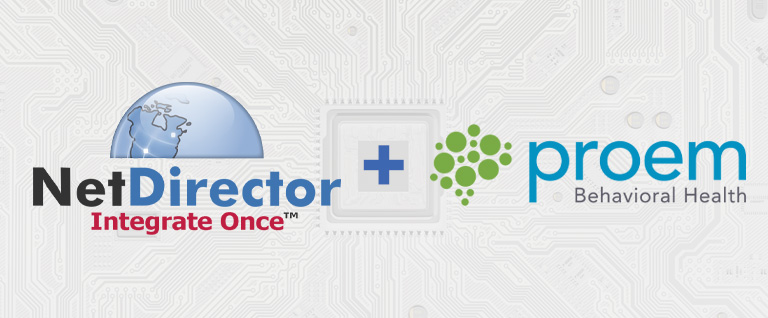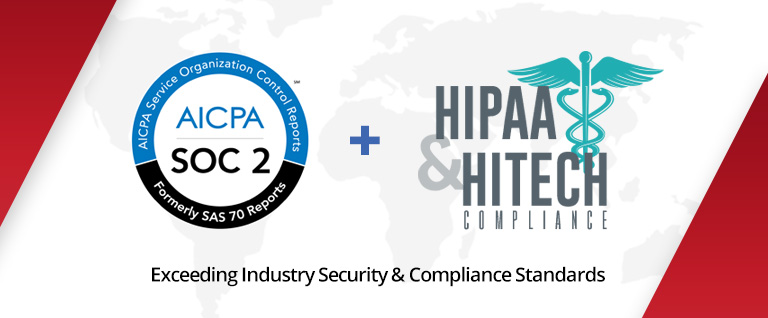U.S. opioid overdose deaths spiked five-fold between 1999 and 2016, culminating in 42,249 fatalities two years ago, according to official statistics from the Centers for Disease Control and Prevention. The government figures also estimated 11.5 million Americans misusing prescription opioids and 2.1 million people confirmed with opioid use disorder.
Federal response has prioritized better addiction prevention, treatment and recovery services, along with improved public health surveillance and new approaches to pain management.
Meanwhile, academic and private sector entities are making headway applying technology to combat the nationwide epidemic.
How Technology Can Help
Researchers at the University of Colorado investigated how frontline physicians could identify patients susceptible to chronic opioid use. A study published in the Journal of General Internal Medicine (February 2018) applied a statistical model to retrospective electronic health record (EHR) data and correctly predicted chronic opioid therapy (COT) — a measure of future chronic opioid use — in 79 percent of hospitalized patients.
Integration of the COT model within EHRs could enable clinicians to “provide early patient education about pain management strategies and [potentially] wean opioids prior to discharge while incorporating alternative therapies for pain into discharge planning,” says the research team’s report.
Among the variables incorporated into the model: medical and health diagnoses; substance and tobacco use disorder; chronic or acute pain; surgical intervention during hospitalization; past year receipt of opioid or non-opioid analgesics or benzodiazepines; opioid receipt at hospital discharge and morphine equivalents prescribed per hospital day.
Lead author Susan Calcaterra, MD, told Health Data Management, “The nice thing is that all of the data required to assess risk are available already documented in the EHR, and providers do not need to ask for additional information from patients.”
The research team, which anchored the study at a Denver safety-net hospital, plans to expand its work to validate the model in a wider patient population.
Separately, a paper released (May 2018) by health information network Surescripts focuses on technologies that could inform decisions at the point of care with more actionable intelligence. The paper points out that standard transactional information flow — captured in medical and medication histories, electronic prescriptions, provider communications and medication adherence alerts — could help close the loop on drug diversion and improper dispensing.
Simply increasing use of current technologies could have a significant impact on curtailing the opioid epidemic, the paper emphasizes. Author Paul Uhrig writes, “[The] good news is that health data and information technology exist today that can lead to better care decisions and curb fraud and abuse.”
Automated Tracking
Likewise, NetDirector is actively engaged in leveraging integration technology in support of addiction recovery caregivers. Cloud-based integration with state-sponsored controlled substance databases allows seamless monitoring and comparison of data to ensure that recovering patients are not seeking drugs beyond their treatment program.
Integration is live for North Carolina, with application to other state programs available on demand. Delivered on a platform-as-a-service basis, the Controlled Substance Tracking Model is priced per data extraction/use. For more details on pricing and delivery, contact NetDirector or request a free demo.




